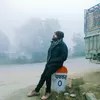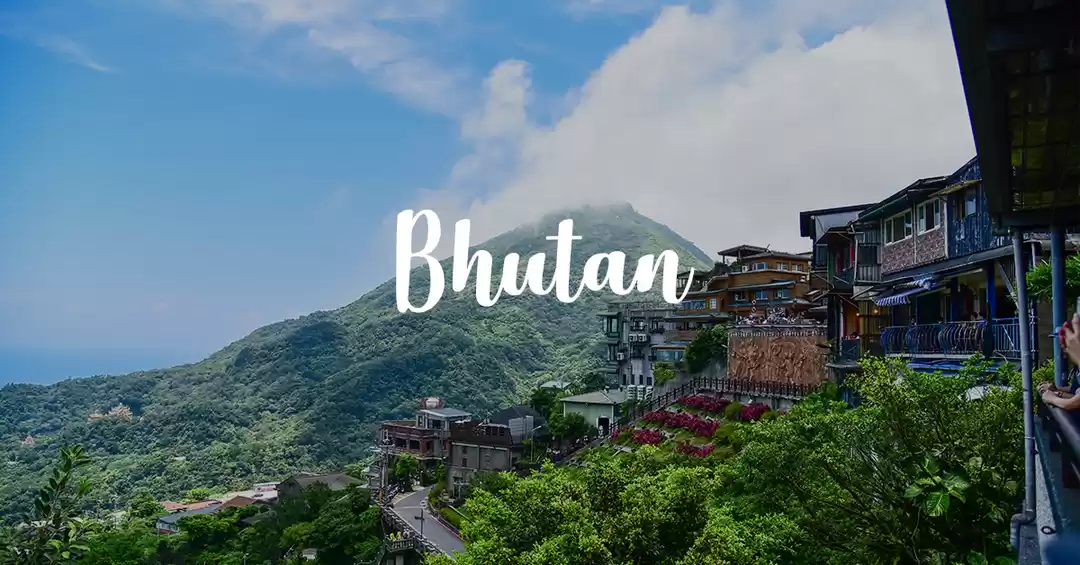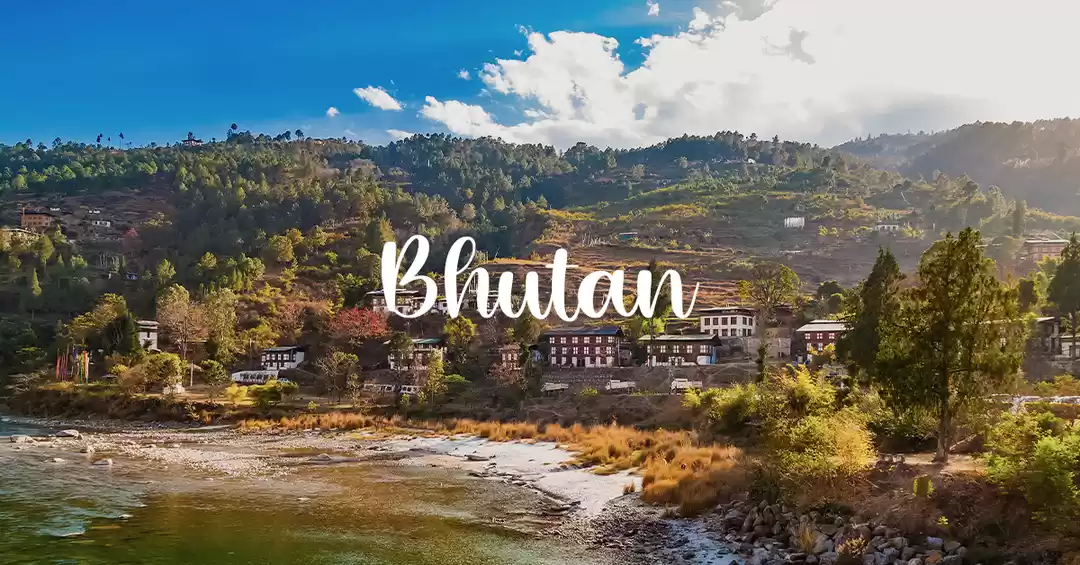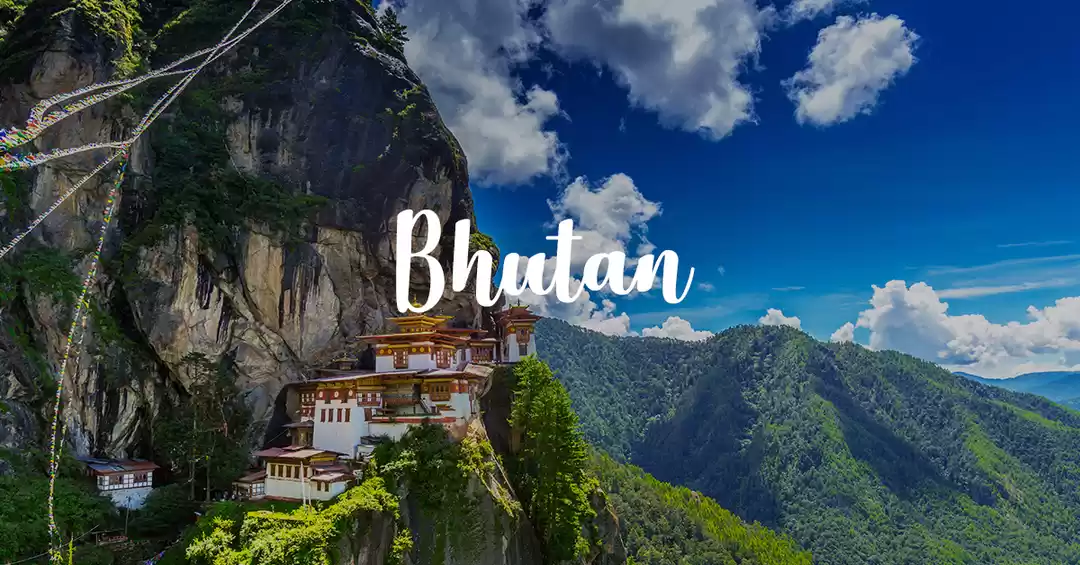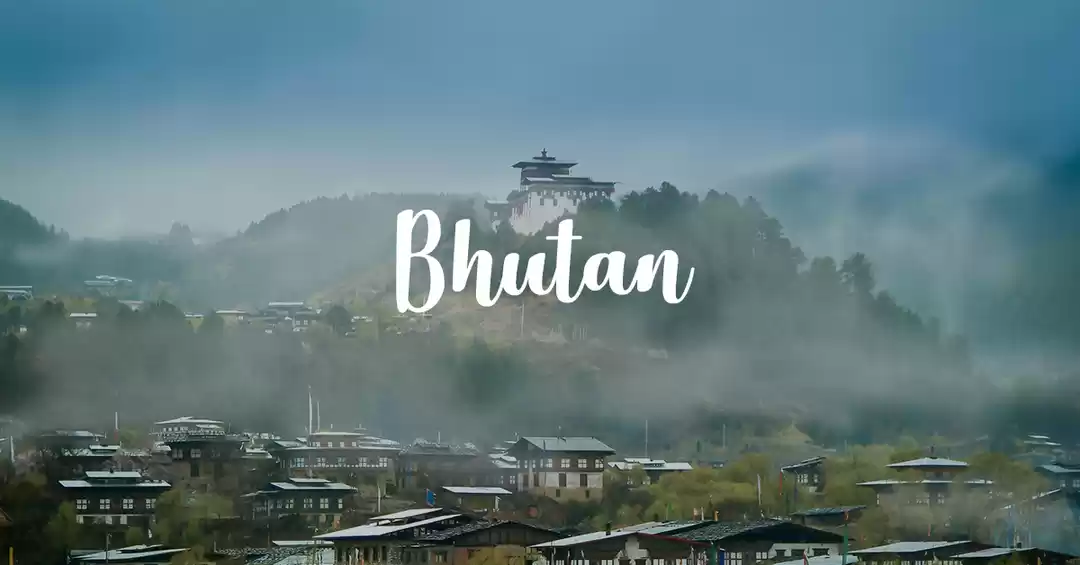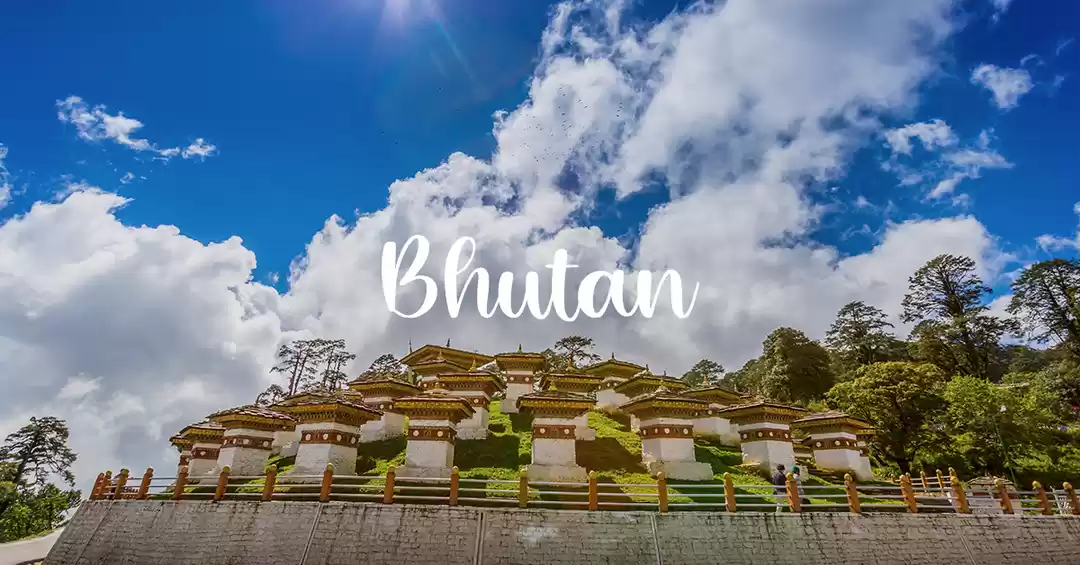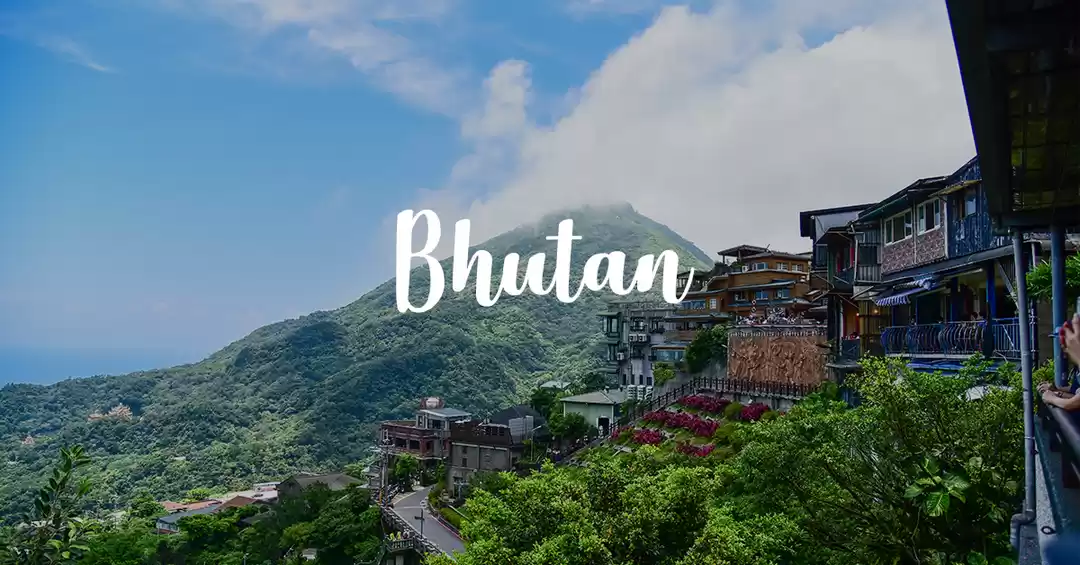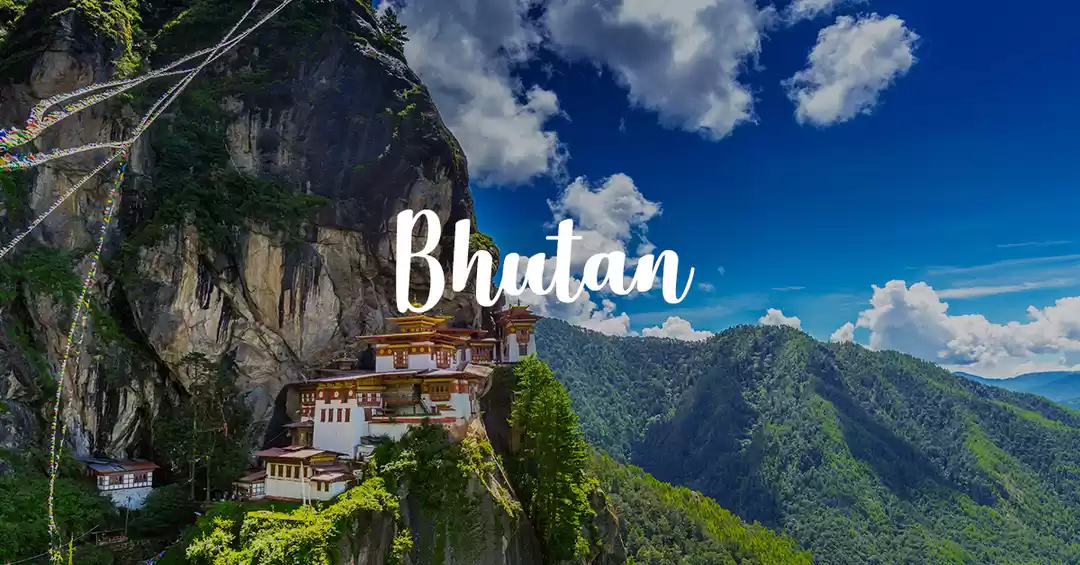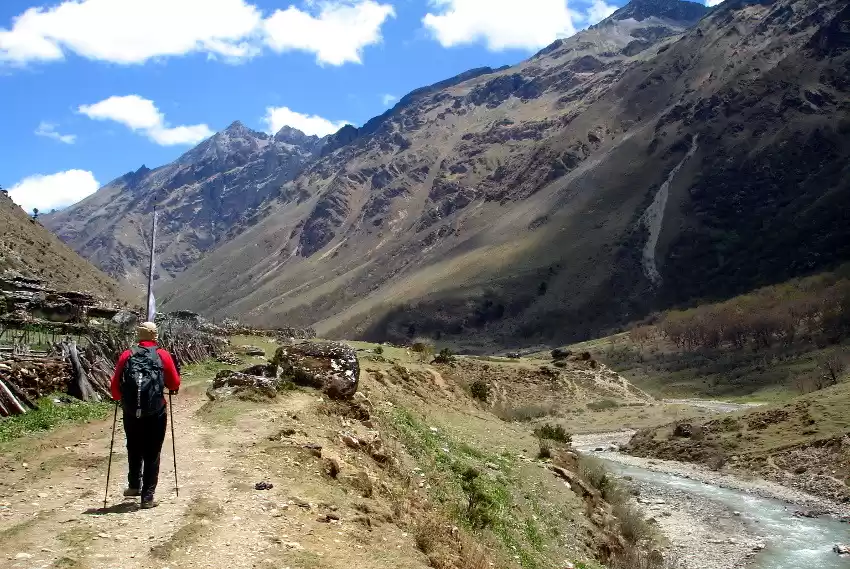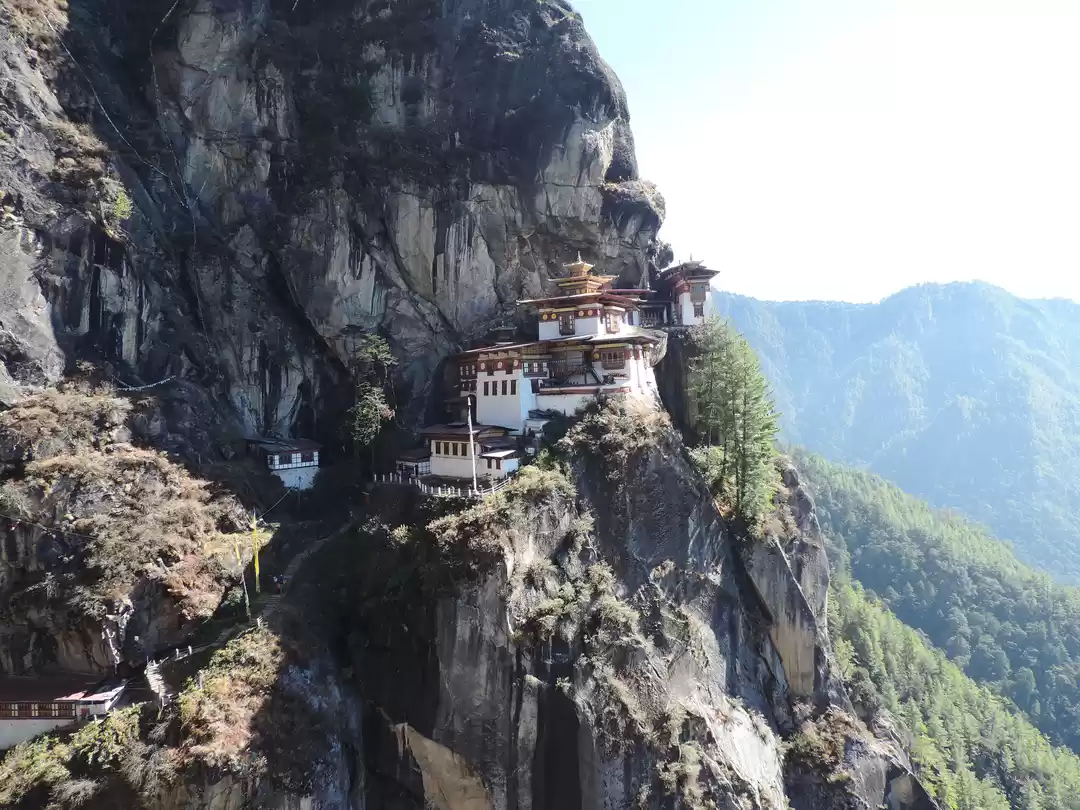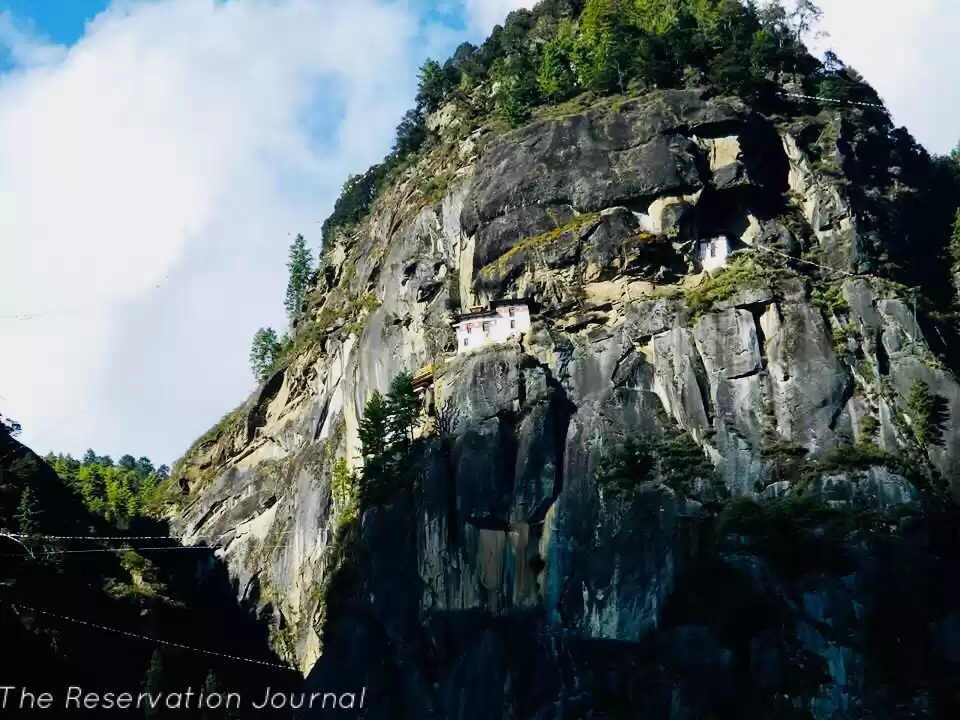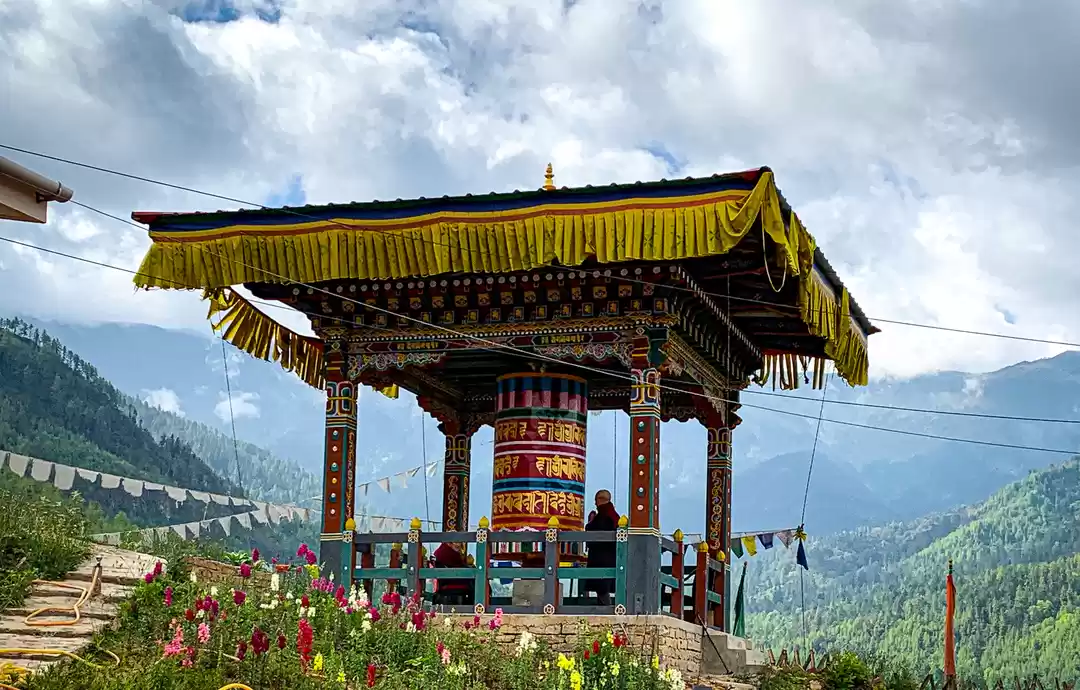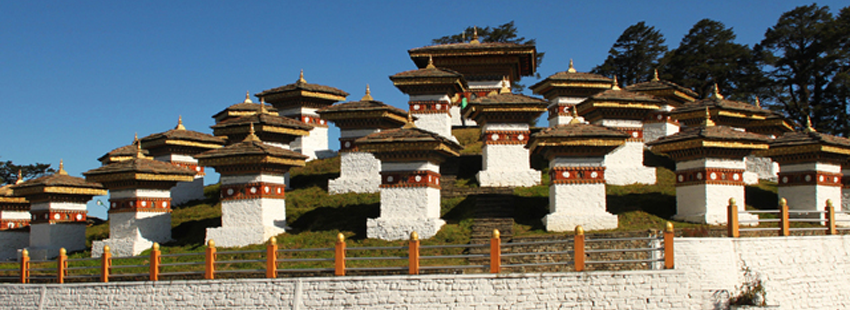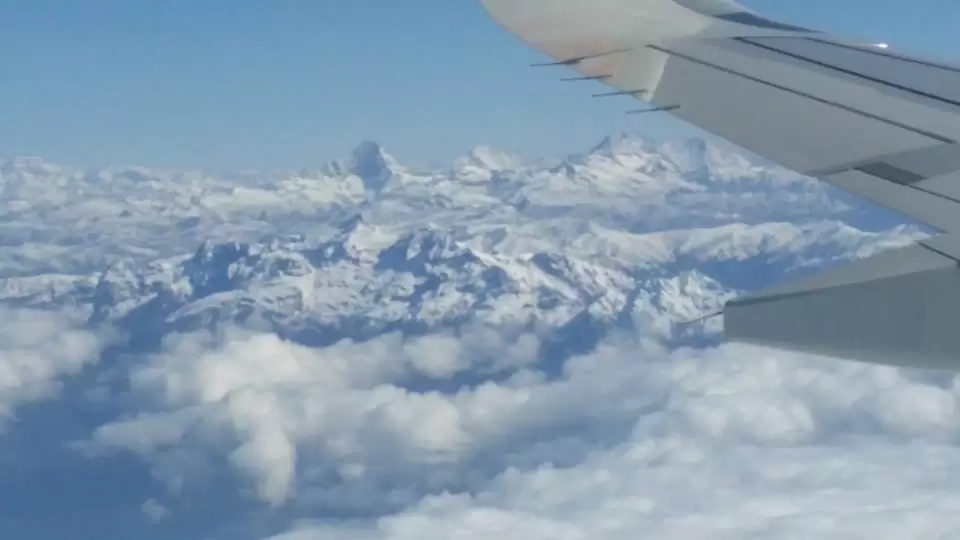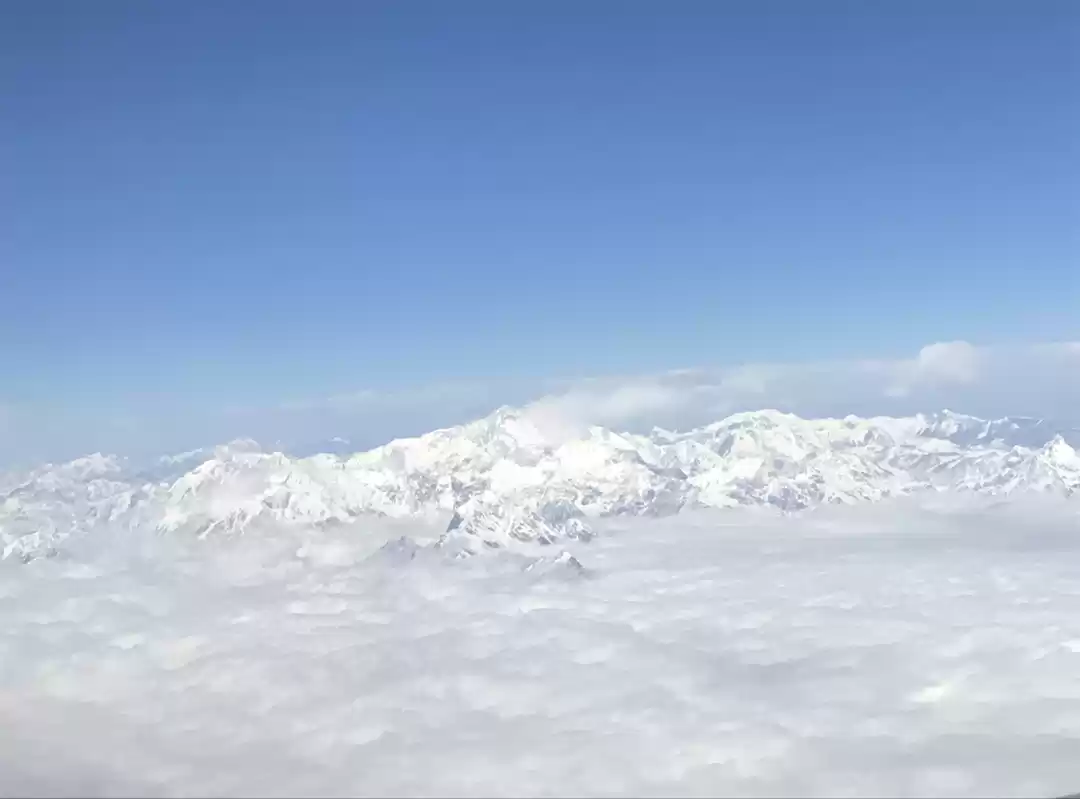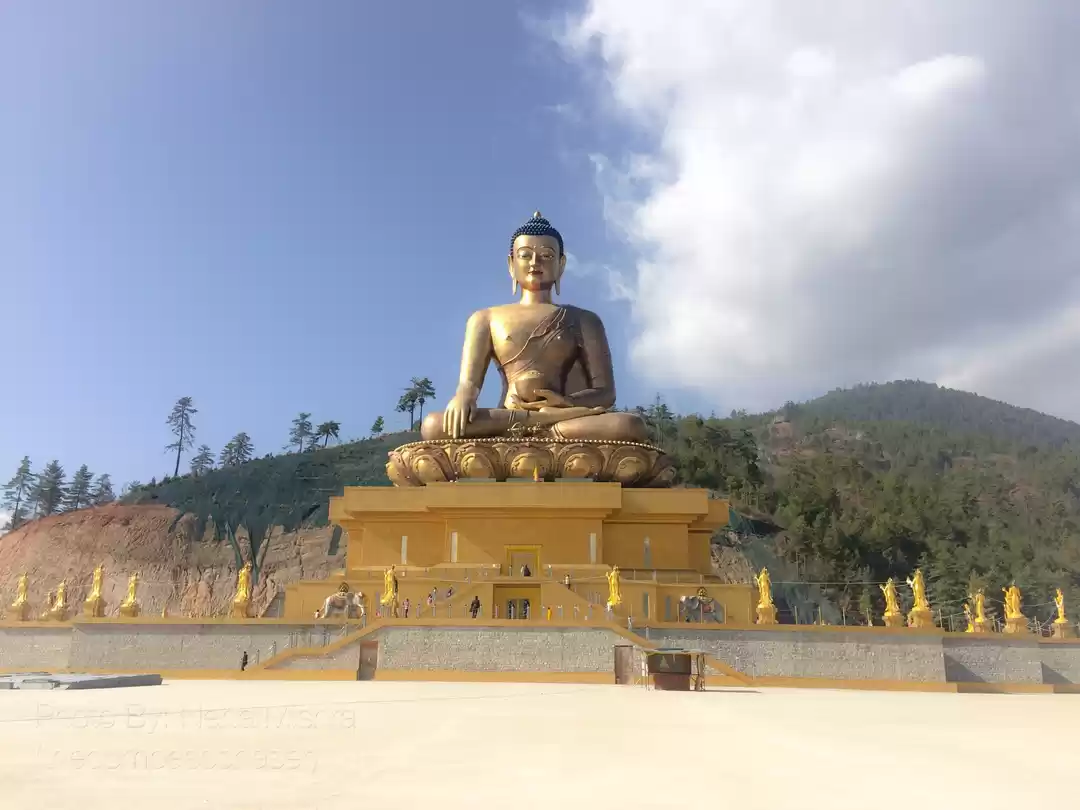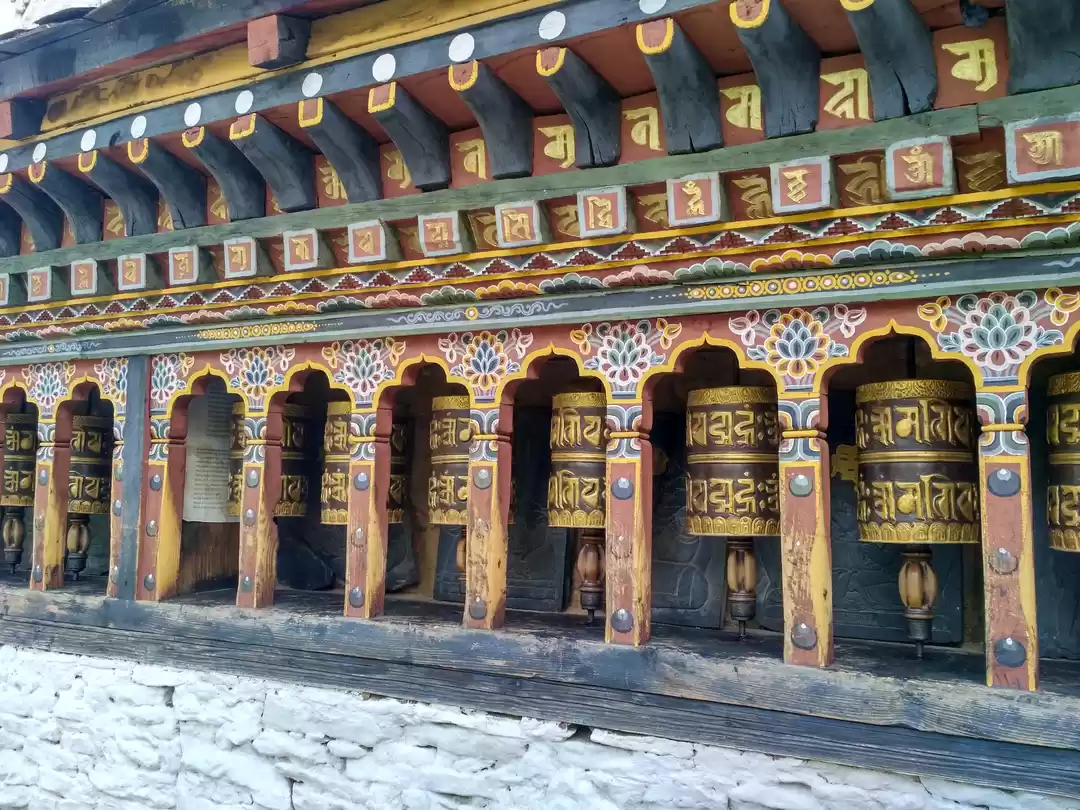
Known as the hardest trek in the world, this legendary adventure is only for the experienced and determined trekkers. The Snowman trek in Bhutan is one of the hardest high altitude treks with an incredible trekking experience. Suits best to those who wish to take the great challenge trekking in Bhutan. Trekking into the remoter northern Lunana region is to step back to the 7th century when Buddhist had just reached the land. The trek passes through 11 passes and requires full fitness and is not meant for the beginners.
The Snowman Trek is challenging for a number reasons. First of all the window in which you could complete the trek is very small. It’s advised that the first 3 weeks of October is one of the best times to start, but even then you are still competing with Mother Nature when it comes to altitude – the highest camp coming in at 5,050m – a mere 300m off the Everest Base Camp and 800m off the summit of mount Kilimanjaro.
The route essentially combines the Jomolhari and Laya treks, passes through the Lunana region and ends at Bumthang. The trek includes breathtaking landscapes and ultimately reaches an altitude of about 18,480 feet.
If you are comparing this itinerary to other published itineraries, note that distances, altitude and daily trek times vary because the trek has not been well-documented and distances and altitude are best guesses. I've tried to make the best of what we have on the internet. Do share this if you like it. Lets begin with the itinerary.
Arrival in Kathmandu (1,300m/4,264ft )
Take this time to move around the neighborhood and get familiar with your surroundings before you go on 25 days adventurous trekking in Bhutan.
Fly to Paro (2,250m/7,382ft) – Thimphu (2,350m/7,709ft)
In Thimphu, drive on to the budhha terrace for a stunning view of the valley and take a drive to visit Takin Preserve to see Takin, Bhutan’s national animal – a strange looking beast which some say resembles a beestung moose!
Drive from Thimphu to Punakha (1,310m/4,298ft) 6-7 hours
Take a short hike through beautiful rice fields to Chimmi Lhakhang, a temple dedicated to Drukpa Kuenley, who as a favorite saint of the Bhutanese people is known affectionately as “the Divine Madman”.
Trek from Tashithang to Damji (2,250m/7,382ft) 7-8 hours
This part of the area is quite wet and one has to watch out for leeches. The day walk is fairly gentle, climbing up to Damji village.
Damji to Gasa (2,900m/9,514ft) 6-7 hours
The path continues through subtropical forests and villages up to Gasa Tsachu (Hot spring)
Gasa to Chamsa (3,650m/11,975ft) 6-7 hour
After breakfast visit the Dzong which was built in the 17th century to protect the valley against Tibetan invaders.
Chamsa to Laya (3,800m/12,468ft) 8-9 hours
Start your trail by descending to the bank of the Mo – Chu River. It goes up and down again to detour back up the hillside.
Rest day at Laya (3,800m/12,468ft)
One can go around the village visiting the houses and people.
Laya to Rhodophu (4,350m/14,272ft) 8-9 hours
From Laya descend to the army camp and continue following the river until the turn off point to Rhodophu.
Rhodophu to Tarina (3,980m/13,057ft) 10-11 hours
The whole range of mountains, including Masagang, Tsendegang, and Teri Gang can be observed. After the pass there is a very long descent to Tarina valley.
Tarina to Wache (3,800m/12,468ft) 6-7 hours
The path follows the river down the valley. After lunch climb up about 300 meters to the village of Wache.
Woche to Lhedi (3,650m/11,975ft) 6-7 hours
The trek starts through juniper & fir forests and then through rhododendron bushes.
Lhedi to Thanza (4,000m/13,123ft) 7-8 hours
The trek continues following the river, rising gradually to Choejong village.
Rest day at Thanza (4,000m/13,123ft)
The day can be spent in walking around or climb up the ridge to see the view of the lakes and mountains.
Thanza to Tshochena (4,900m/16,072ft) 7-8 hours
The climb of three false summits will arrive at Jaze La (5050m), after this pass it will be less than an hours’ walk downhill to the camp near the lake of Tshochena.
Tshochena to Jichu Dramo (4,880m/16,011ft) 4-5 hours
Following the shore of the lake, climb up the ridge at 5100 meters from where witness the 360 degree panorama of the snowy peak; Dochula pass can also be spotted after short descend.
Jichu Dramo to Chukarpo (4,950m/16,240ft) 5-6 hours
Climb through a moraine to Rinchen Zoe La pass (5320m) which divides the Pho Chhu& Mangde Chhu drainages. Spectacular view of mountains with Rinchen Zoe peak (5650m) towering over the pass to the west and many other major peaks stretch along the northern horizon can be seen from the pass.
Chukarpo to Thampe Tsho (4,230m/13,877ft) 5-6 hours
It is a long trek mostly downhill, walk along the Riverside and then climb back to the Um Tso at 4230M.
hampe Tsho to Maurothang (4,000m/13,123ft) 5 hours
It is around two hours walk to the base of Thampe Tso and then a steep climb to the pass at 4230M.
Maurothang to Sephu (2,500m/8,202ft) 5-6 hours
The trail follows the Nikka Chhu to reach a large grassy area overlooking the road and the village of Sephu.
Sephu – Wangdue – Thimphu (2350m/7,709ft) 5-6 hours
Drive from Sephu to Thimphu via Wangdue.
Thimphu – Paro (2250m/7,381ft) 5-6 hours
Drive back to Paro.
Paro – Hike to Taktsang Monastery ‘Tiger’s Nest’ (3,120m/10,236ft)
Drive towards the base camp of Taktsang for the hike up to the Taktsang Monastery-Tiger’s Nest. It’s about two hours hike up the cafeteria. From this point, enjoy the spectacular view of the monastery, where Guru Padmasambhava landed on the back of a tigress in 8th century. Then visit the Taktsang Monastery and hike back to the road point then drive to Kyichu Lhakhang, one of the oldest and most sacred shrines in Bhutan.
Fly back to Kathmandu
Take a flight to Kathmandu.

